Best MG Cars:10 Journey Through Heritage and Modern Innovation
MG Cars, or Morris Garages, is a name that evokes a sense of nostalgia and excitement among car enthusiasts. Known for its rich history, sporty designs, and innovation, MG Cars has transformed from a British icon into a global automotive brand. This article provides a comprehensive look at MG cars, covering their history, evolution, and current models, as well as their future in the automotive market.

1. Introduction
MG Cars, short for Morris Garages, has been a significant player in the automotive world for over a century. Established in 1924, MG is renowned for its distinctive roadsters and its role in the development of affordable sports cars. This article will explore MG’s storied past, its evolution over the decades, and how the brand has adapted to modern automotive trends.
2. Historical Background
Early Beginnings
MG Cars was founded by William Morris, who established Morris Garages in Oxford, England. The company initially served as a dealership for Morris cars but soon began producing its own vehicles. The first MG, the MG 14/28 Super Sports, was introduced in 1924, and it quickly gained a reputation for its sporty performance and stylish design.
The Golden Age
The 1930s and 1940s were considered the golden age of MG Cars . During this period, MG produced a range of iconic models, including the MG T-series, which became famous for its classic roadster design. The MG TC, introduced in 1945, was particularly influential, helping to popularize sports cars in the United States and influencing the design of future MG models.
Post-War Expansion
Post-war MG continued to expand its lineup with models like the MG Cars Midget and the MG B. The MG B, launched in 1962, became one of the best-selling MGs of all time. Its design, performance, and affordability helped cement MG’s status as a leading sports car manufacturer.
The Changing Landscape
The 1970s and 1980s brought challenges for MG Cars as the British automotive industry faced economic difficulties. MG was eventually acquired by British Leyland and later by the Rover Group. Despite these changes, MG continued to produce vehicles, though it faced increasing competition and financial difficulties.
3. The Modern Era
Revival and Global Expansion
In 2006, MG Cars was acquired by the Chinese automotive giant SAIC Motor Corporation. This acquisition marked a new chapter for MG, allowing the brand to leverage modern technology and global resources. Under SAIC, MG began focusing on producing vehicles that cater to contemporary market demands, including electric and hybrid models.
Current Lineup
Today, MG Cars offers a diverse range of vehicles, from SUVs to electric cars. The brand has successfully adapted to modern automotive trends while maintaining its heritage of sporty and stylish designs. Here’s a closer look at some of MG’s current models:
MG ZS
The MG ZS is a compact SUV that has gained popularity for its affordability and practicality. It features a stylish design, spacious interior, and a range of modern amenities. The ZS is available with both petrol and electric powertrains, catering to different customer preferences.
MG Hector
The MG CarsHector is a mid-size SUV that stands out for its advanced technology and luxurious features. It comes equipped with a large touchscreen infotainment system, premium interior materials, and a suite of safety features. The Hector is available with petrol and diesel engine options.
MG Marvel R
The MG Marvel R is a premium electric SUV that showcases MG’s commitment to sustainability and innovation. With a sleek design, impressive range, and advanced technology, the Marvel R represents MG’s entry into the electric vehicle market.
MG4 Electric
The MG4 Electric is a compact electric hatchback designed to offer an affordable entry point into electric vehicle ownership. It combines modern styling, efficient performance, and a competitive range, making it an attractive option for eco-conscious drivers.
4. Design Philosophy
Heritage and Modernity
MG’s design philosophy blends its rich heritage with contemporary styling. The brand’s vehicles often feature classic design elements, such as the iconic MG badge and sporty lines, while incorporating modern features and technologies. This fusion of old and new appeals to both traditional MG enthusiasts and new customers.
Innovation and Technology
Under SAIC’s ownership, MG Cars has embraced innovation and technology. The brand’s modern vehicles come equipped with advanced infotainment systems, driver assistance features, and electric powertrains. MG’s commitment to technology is evident in models like the MG Marvel R, which offers a range of high-tech features and a sophisticated design.
5. Performance and Driving Experience
Sporty Heritage
MG’s legacy of sporty performance is evident in its current lineup. Models like the MG ZS and MG Hector offer a balance of performance and comfort, while the MG4 Electric delivers a fun and engaging driving experience. MG’s focus on performance is rooted in its history of producing sports cars and continues to be a defining characteristic of the brand.
Electric and Hybrid Options
As the automotive industry shifts toward electrification, MG Cars has introduced electric and hybrid models to meet growing demand. The MG Marvel R and MG4 Electric showcase the brand’s commitment to sustainable driving while offering impressive performance and efficiency.
6. Market Position and Competitors
Value and Affordability
One of MG’s key strengths is its ability to offer value for money. MG vehicles are typically priced competitively, making them accessible to a wide range of customers. The brand’s focus on affordability, combined with modern features and stylish designs, has helped it gain a strong foothold in various markets.
Competitors
MG faces competition from a range of automotive brands, including traditional rivals and new entrants in the electric vehicle market. Key competitors include:
- Toyota: Known for its reliability and innovative technology, Toyota offers a range of vehicles that compete with MG’s lineup, particularly in the SUV and electric segments.
- Honda: With a reputation for quality and performance, Honda’s vehicles often compete with MG’s offerings in terms of design and features.
- Hyundai: Hyundai’s focus on technology and value aligns with MG’s approach, making it a significant competitor in the SUV and electric vehicle markets.
7. Future Outlook
Electric and Hybrid Development
As the automotive industry continues to evolve, MG is well-positioned to capitalize on the growing demand for electric and hybrid vehicles. The brand’s investment in electric technology, combined with its heritage of innovation, suggests that MG will play a significant role in the future of sustainable driving.
Expansion and Innovation
MG’s global expansion strategy includes increasing its presence in emerging markets and continuing to innovate its vehicle lineup. The brand’s focus on modern technology, stylish design, and competitive pricing will likely contribute to its continued success in the automotive industry.
8. Conclusion
MG’s journey from a British sports car manufacturer to a global automotive brand is a testament to its resilience and adaptability. With a rich history of innovation and performance, MG continues to offer a diverse range of vehicles that cater to modern drivers’ needs. As the brand moves forward, its commitment to value, technology, and sustainability will likely ensure its place in the future of the automotive industry.

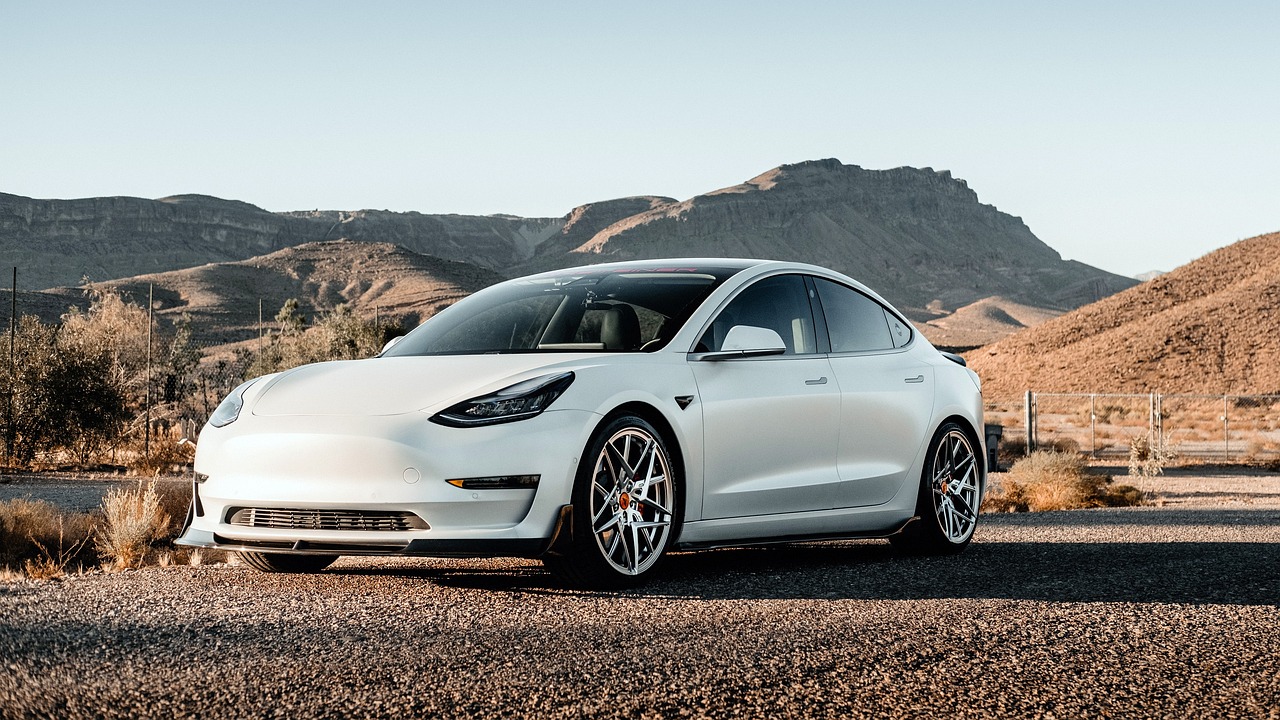
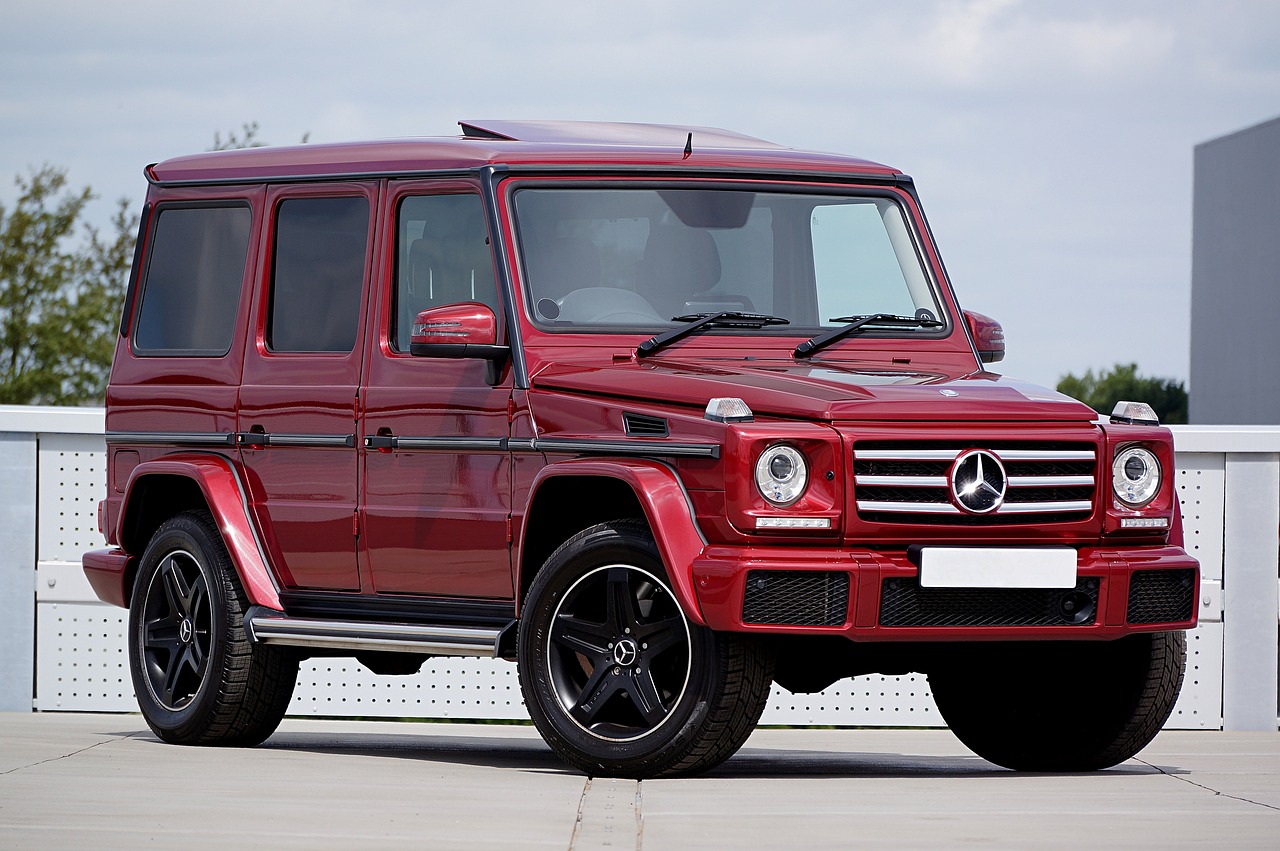
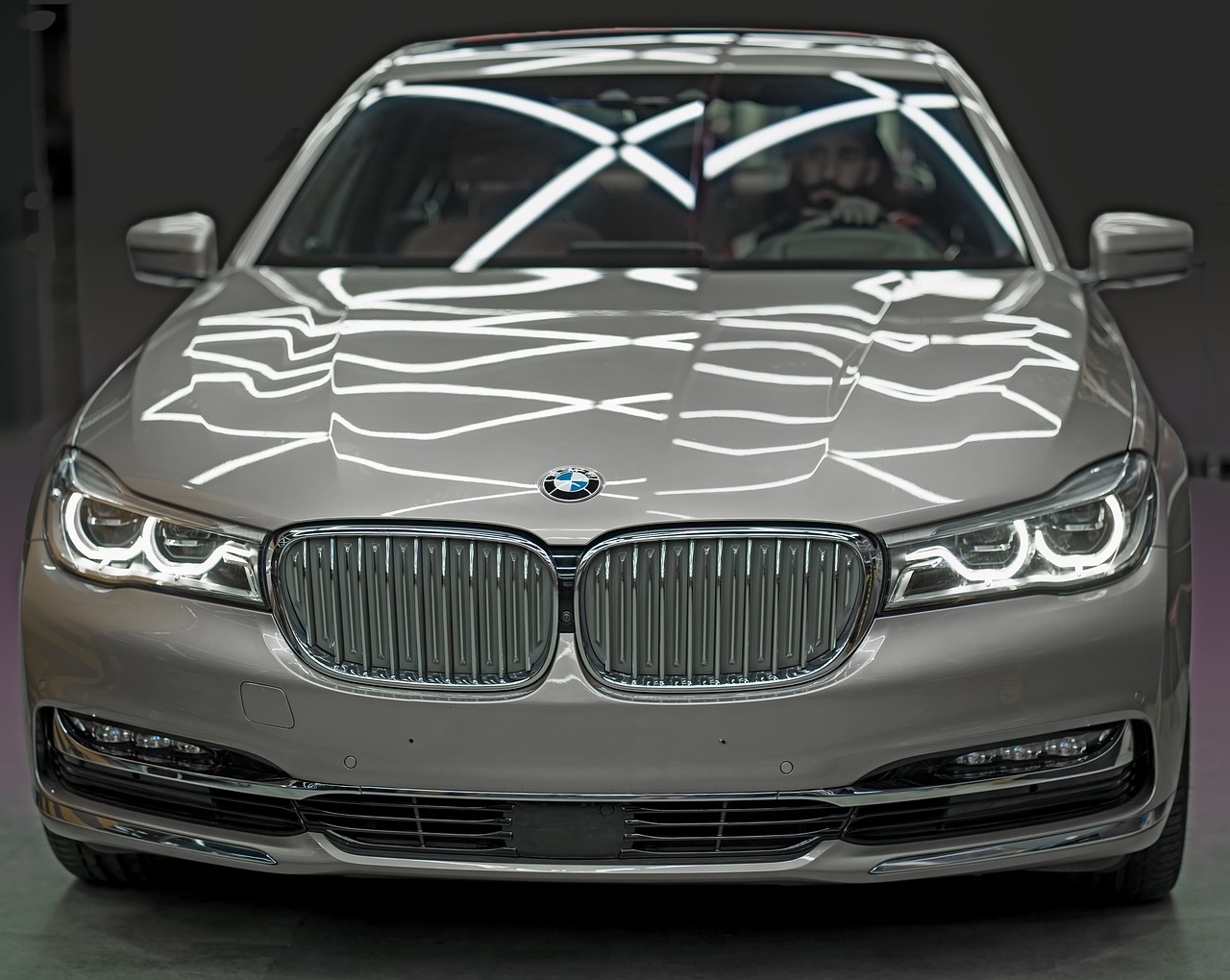
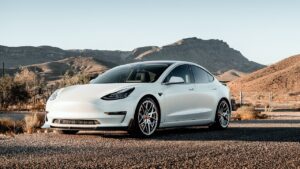
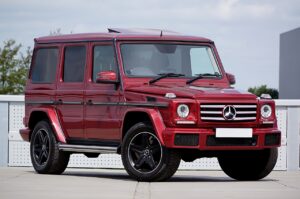
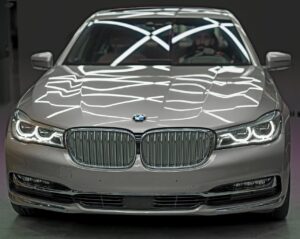
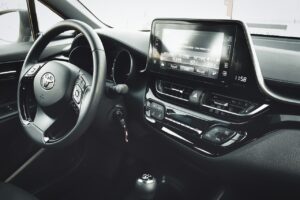
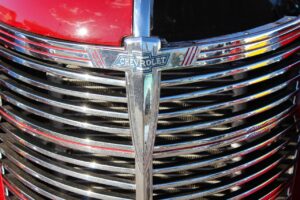
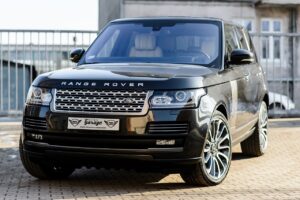
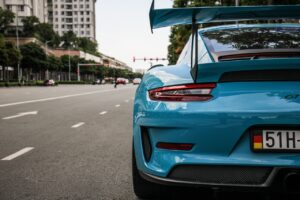
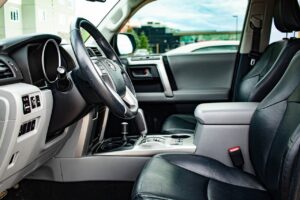

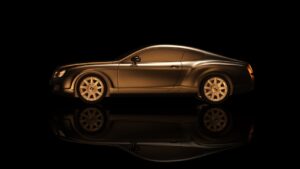
Post Comment